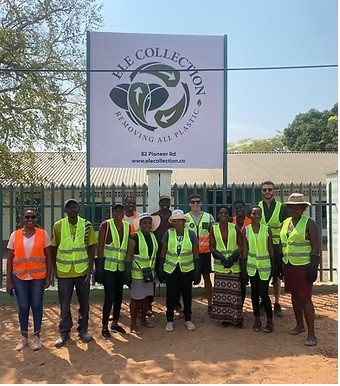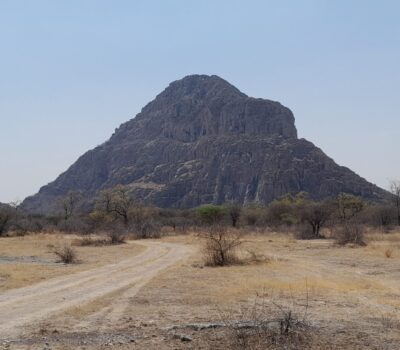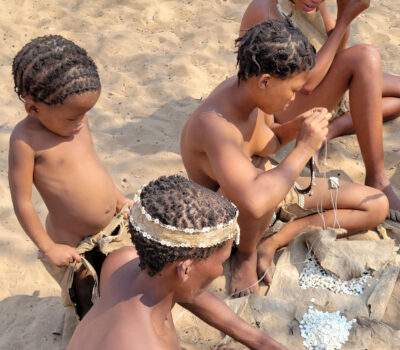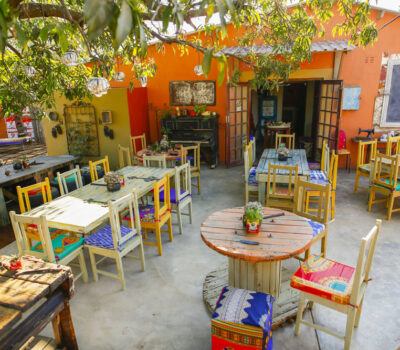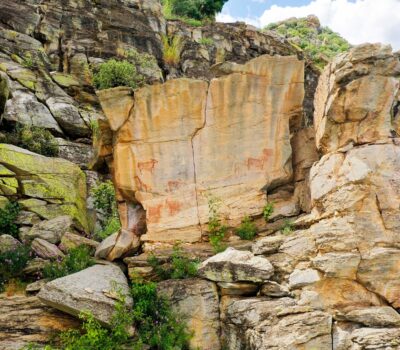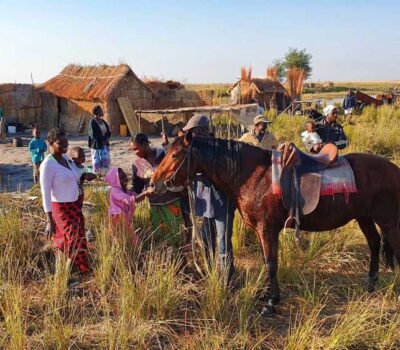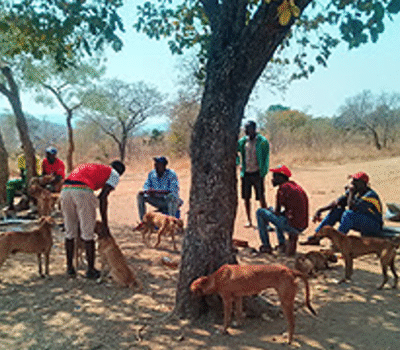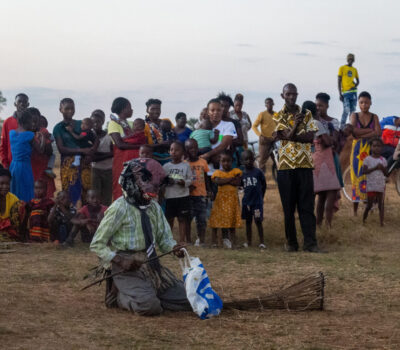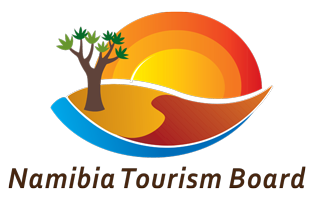The Kavango Zambezi region is home to vibrant and diverse communities that are deeply interconnected with the land, its rivers, and its wildlife. Each community brings a unique perspective to life in this dynamic landscape, shaped by centuries of living in harmony with nature. From rural villages to modern settlements, the region offers an authentic glimpse into the everyday lives, challenges, and triumphs of its people. Visitors have the opportunity to connect with local cultures, support community-driven initiatives, and witness firsthand how traditional knowledge and modern solutions are coming together to create a sustainable future for both people and the environment.

Turning the Tide: Ele-Collection’s Bold Mission to End Plastic Pollution in Southern Africa
The Sijwa Project: A Transformative Journey of Sustainability and Community Empowerment
The People of Tsodilo Hills
A Glimpse into the Past
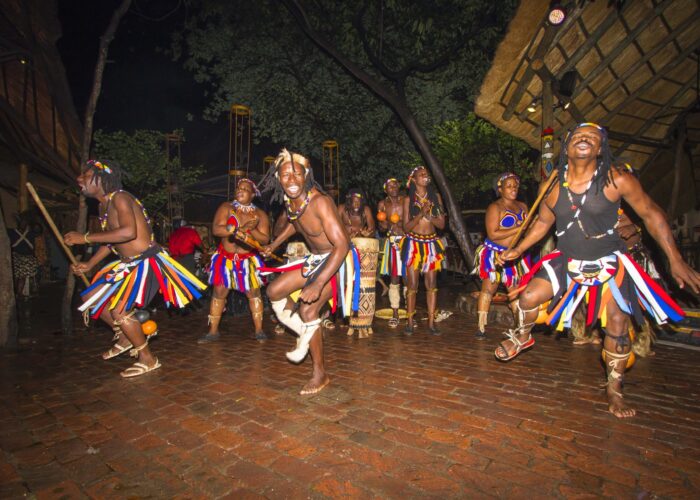
Culture & Heritage
The Kavango Zambezi region is a melting pot of diverse cultures and rich heritage, offering visitors a glimpse into the traditions, lifestyles, and histories of its local communities. The area is home to several ethnic groups, including the San, Hambukushu, Lozi, and Mbukushu peoples, each with their unique languages, music, art, and storytelling traditions. Ancient rock art, sacred sites like Tsodilo Hills, and traditional villages showcase the deep connection between the people and their environment. Cultural tours and experiences allow travellers to engage with local crafts, witness traditional dances, and learn about sustainable ways of living that have been passed down through generations.
A Glimpse into the Past
Dusty Road – Victoria Falls, Zimbabwe
Tsodilo Hills: A Sacred Legacy of the San People and their Spiritual Heart
Horse-riding in Simalaha Community Conservancy, Zambia
Human-Wildlife Conflict
The Kavango Zambezi region is renowned for its unparalleled biodiversity, where people and wildlife coexist in one of Africa’s most iconic landscapes. However, this coexistence often leads to challenges, particularly in areas where human settlements overlap with wildlife corridors. Human-wildlife conflict arises from incidents such as crop damage by elephants, livestock predation by big cats, and the encroachment of human activities on natural habitats. Efforts are underway to mitigate these conflicts through community-led conservation initiatives, education, and innovative solutions like wildlife-friendly fencing and early warning systems. Visitors can learn about these challenges and support conservation programs that aim to ensure a harmonious balance between humans and wildlife.
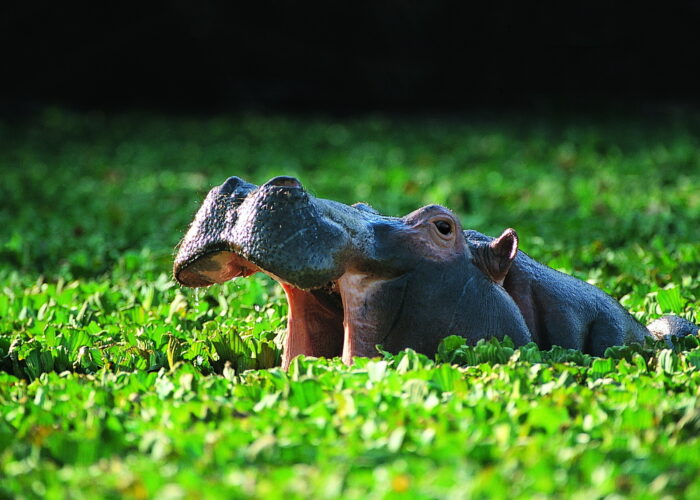

 Angola
Angola  Botswana
Botswana  Namibia
Namibia  Zambia
Zambia  Zimbabwe
Zimbabwe 